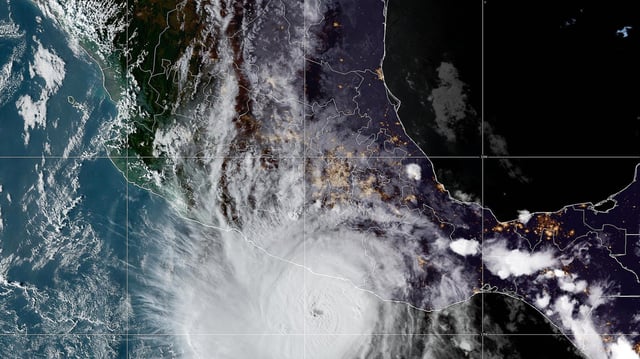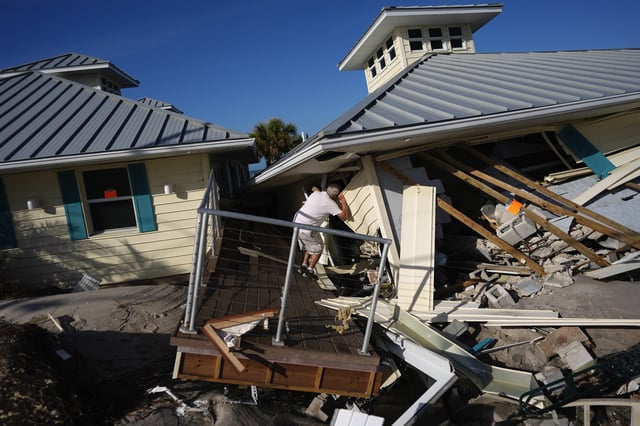Overview
- The DoD will end ingestion and distribution of SSMIS microwave data from three Defense Meteorological Satellite Program satellites (F-16, F-17 and F-18) by June 30, NOAA announced.
- NOAA spokesperson Kim Doster described the termination as a routine data rotation, but meteorologists warn the move will halve microwave scans and degrade storm intensity forecasts.
- Hurricane specialist Michael Lowry and retired NHC branch chief James Franklin caution that missing microwave imagery increases the risk of ‘sunrise surprises’ and underestimating rapid intensification.
- The Navy’s Fleet Numerical Meteorology and Oceanography Center cited cybersecurity vulnerabilities in an 'end-of-life' operating system as the reason for pulling the data with no upgrade path.
- With the WSF-M replacement not yet operational and alternative sources limited, the National Hurricane Center is preparing for reduced forecast accuracy and shorter lead times.



